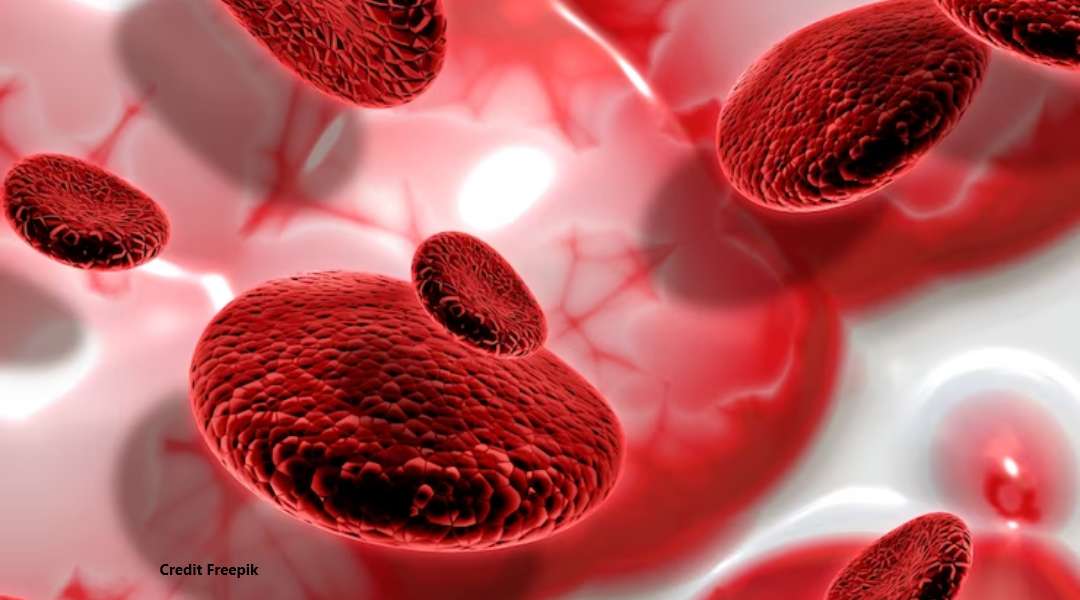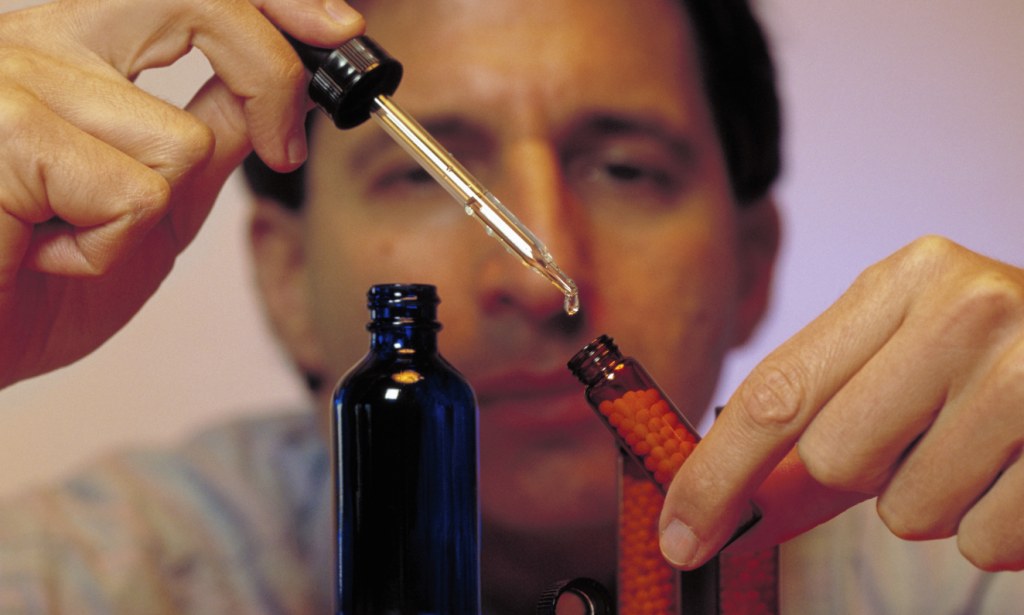
Anemia diet plan
Meal plans
Adding iron-rich foods to the diet can help to treat anemia. A doctor can advise about the kinds of foods to choose from and other ways to increase iron absorption.
The best diet for a person with anemia includes plenty of foods rich in iron and other foods that help the body to absorb iron. A person should also be aware of foods that can inhibit iron absorption.
The plan below was developed to show what healthful meals for a person with anemia might include:

Breakfast
Option 1
- Iron-fortified cereal and a glass of iron-fortified orange juice.
Option 2
- Strawberries with low-fat yogurt and a handful of pumpkin and sunflower seeds.
- Tea and coffee inhibit iron absorption, and people should not drink them with meals.
Lunch
Option 1
- A sandwich with roast beef and watercress on iron-enriched bread.
Option 2
- A bagel with smoked salmon, cream cheese, and spinach.
Dinner
Option 1
- Lamb chops with boiled potatoes, steamed broccoli, and curly kale.
Option 2
- A stew that includes kidney beans, chickpeas, black-eyed peas, tinned tomatoes, onions, red peppers, and garlic, topped with vegan or dairy-based cheese and a dollop of yogurt.

Foods rich in iron:
- Many foods contain high levels of iron. A person may find it easy to combine them and make tasty, nutritious meals that help to boost the intake of iron.
Fruits and vegetables
- - Watercress
- - curly kale and other varieties
- - spinach
- - collard greens
- - dandelion greens
- - Swiss chard
- - citrus fruits
- - red and yellow peppers
- - broccoli
However, some dark, leafy greens also contain oxalates, which can inhibit iron absorption. Rather than relying solely on vegetables, a person should aim to get iron from a variety of sources.

Nuts and seeds
- - pumpkin seeds
- - cashews
- - pistachios
- - hemp seeds
- - pine nuts
- - sunflower seeds
- - Meat and Fish
- - Beef
- - Lamb
- - Venison
- - Liver
- - Shellfish
- - Oysters
- - Shrimp
- - Sardines
- - Tuna
- - Salmon
- - Halibut
- - Perch
- - haddock
Dairy products
- - raw milk
- - yogurt
- - cheese
Beans and pulses
- - kidney beans
- - chickpeas
- - soybeans
- - black-eyed peas
- - pinto beans
- - black beans
- - peas
- - lima beans
Also, it may be a good idea to choose iron-fortified cereals, bread products, orange juice, rice, and pasta.
Foods to avoid
The following foods can interfere with iron absorption:
- - tea and coffee
- - milk and some dairy products
- - whole-grain cereals
- - foods that contain tannins, such as grapes, corn, and sorghum
- - foods rich in gluten, such as pasta and other products made with wheat, barley, rye, or oats
- - foods that contain phytates or phytic acid, such as brown rice and whole-grain wheat products
- - foods that contain oxalic acid, such as peanuts, parsley, and chocolate
Tips for getting more iron in the diet
The best way to add iron to the diet is to eat more foods that are rich in iron. However, the following strategies can maximize a person's iron intake:
- - refraining from drinking tea or coffee with meals
- - refraining from eating foods rich in calcium with those rich in iron
- - eating iron-rich foods alongside those rich in vitamin C
- - cooking with a cast-iron skillet
- - cooking foods for shorter periods.


















